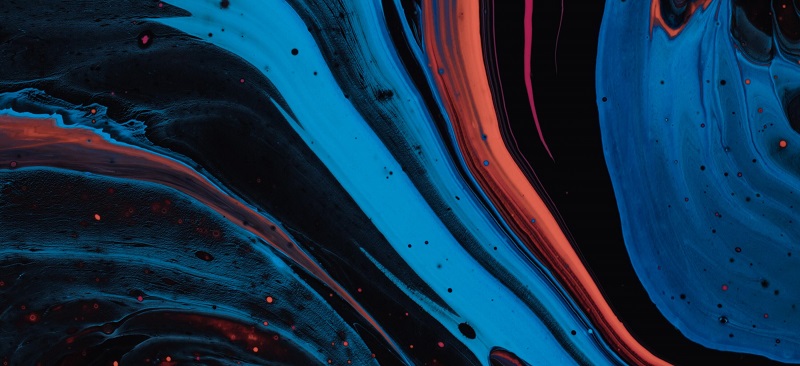
Everything is digital. And while this is not viewed without a certain skepticism in many areas, which always expresses concern about the loss of "what used to be," the opposite is happening to digital textile printing, so to speak: it is en vogue as hardly ever before.It was unthinkable a few decades ago though. The shrill prints of the 70s and 80s may be a thing today, but back then they were what you would call »too much« today.
Subsequently, the fashion capitals around the globe were suddenly struck first by grunge and then by the peculiar uniformity of minimalism. Just at that time, in the late ′00s, a young Athenian woman appeared and dodged the fashion world with her digital textile prints. Mary Katrantzou, who at the time was in her mid-20s and freshly equipped with a master in fashion, brought photorealistic prints back into the fashion world – and they have remained there to this day. The history of fabric printing is as exciting as it is hard to tell.
The fact that textile printing has been under way since the 6th century is now considered assured. Between the 16th and the 18th century, however, interest in printed textiles faded for the time being, giving way to sumptuous materials such as silk or velvet, in line with the Baroque. It was not until the 19th century that the art of embroidery became a method capable of producing a variety of patterns on cotton or linen fabrics – and that within Europe today obtains the oldest known way of putting motifs on fabric.
At first this happened with hand & wood block, later with rollers and machines. »STATEMENTS, SLOGANS AND OTHER ICONIC PRINTS« Much older, but only having made its way from India to Europe in the late 17th century, is the blue or reserve printing, in which the patterns are given in advance with stain on the fabric, which prevents the discoloration of these parts – much like wax batiks or other techniques where the motif is left out during dyeing. Meanwhile, industrial textile printing has a forerunner that still has a permanent place in the fashion colleges and small collections: screen printing.
The initially used flat screen printing process gave way somewhat later to the roller screen printing; in both variants, the main actors are an exposed screen that serves as a template, as well as the appropriate color and a squeegee that pushes the color through the subject. Statements, slogans and other iconic prints – they all have their origins in screen printing. A simultaneous development, which has always been intimately interwoven with the history of fashion in general, is the yearning for individuality and for expressing oneself.
And so since the mid-nineties methods of digital printing have been researched, tested and adjusted – because they make it possible to bring detailed motifs without stencils to almost the entire fabric width. The size and color variance of the images knows virtually no bounds and is therefore the perfect playground for those who love to experiment on the one hand and those who know exactly what they want on the other hand. The fact that the printing processes are not only fast but also environmentally friendly thanks to waterbased ink systems has ultimately given us the decisive impetus to offer you our digital printing service as of this year. Of course on GOTS-certified raw materials, photorealistic and just the way you want it!
